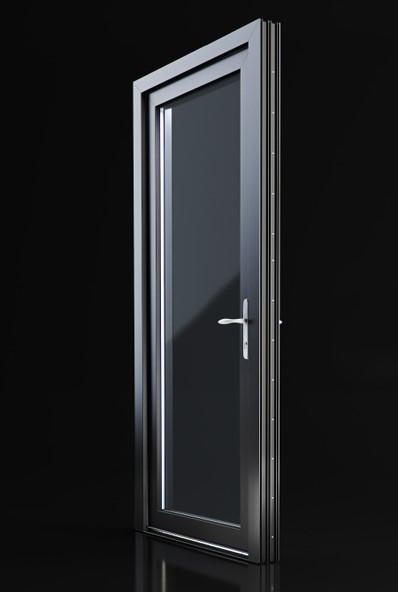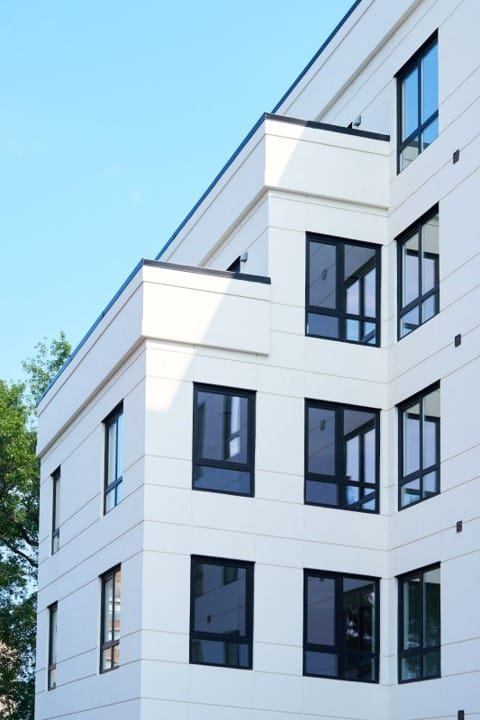A door threshold holds crucial functionality and significance as a water barrier, leveler for uneven flooring, and now as an integral part of creating accessible doors under the guidelines of the Americans with Disabilities Act (ADA). This Act emphasizes the need for buildings and structures to be accessible, dictating specific requirements for elements like door thresholds to accommodate everyone, including those using wheelchairs or with mobility challenges.

Regarding ADA compliant thresholds, the focus is not only on making entrances accessible but also in aligning with modern demands for aesthetics and functionality. Whether it’s for sliding doors or the innovative Vistaza’s Patio door, the height, and design of the threshold are paramount, with regulations stipulating that a compliant threshold should not exceed specific measurements to ensure it does not hinder movement. This article dives deep into understanding these requirements, part of a broader view of ADA’s impact on building specifications to enhance accessibility and inclusion, stating the groundwork for a meticulously built environment that welcomes every individual.
What is The Americans with Disabilities Act (ADA)?
The Americans with Disabilities Act (ADA) plays a pivotal role in ensuring accessibility for all individuals, including those with disabilities. This landmark legislation covers a broad spectrum of areas to promote inclusivity and prevent discrimination across various facets of society and the built environment.
Key Areas Covered by the ADA Standards for Accessible Design:
-
Newly Constructed Buildings and Facilities: Ensuring that new constructions meet accessibility standards from the outset.
-
Alterations and Renovations: Modifications to existing structures must enhance usability for individuals with disabilities.
-
State and Local Government Buildings: Architectural changes are required to provide accessible program access.
-
Existing Businesses: The ADA mandates the removal of architectural barriers where it is readily achievable, meaning without much difficulty or expense.
Furthermore, the ADA extends beyond physical spaces, requiring websites and mobile apps to follow the Web Content Accessibility Guidelines (WCAG). This ensures digital content is accessible, providing alternatives for users with disabilities to access information. With 26% of adults in the United States living with a disability, the ADA’s comprehensive approach to accessibility is not just a legal requirement but a moral imperative. The act regulates various aspects of life, including employment, transportation, public accommodations, and telecommunications, to foster an inclusive society.
Requirements for ADA Threshold Compliance
For developers aiming to ensure their buildings are compliant with the Americans with Disabilities Act (ADA), understanding the requirements for ADA compliant thresholds is crucial.

Here are the key compliance aspects to consider:
Accessibility of Entrances
At least 60% of public entrances in new constructions must be accessible. This includes ensuring that doors, doorways, and gates on accessible routes meet ADA standards.
Door and Gate Specifications
-
The clear width of manual doors and gates should be at least 32 inches to accommodate wheelchair access.
-
Hardware on doors and gates must be operable with one hand, without the need for tight grasping, pinching, or twisting of the wrist. Additionally, they should operate with a maximum of 5 pounds of force (lbf) and be located 34 to 48 inches above the floor.
-
Opening force for doors and gates should not exceed 5 lbf, ensuring ease of access for individuals with disabilities.
-
For hinged or pivoted doors or gates in a series, the threshold distance must be at least 48 inches plus the width of the door or gate swinging into the space, facilitating easier maneuvering.
Maneuvering Clearances and Surface Requirements
-
Adequate maneuvering clearances are essential for doors and gates to accommodate individuals using wheelchairs or other mobility aids.
-
The floor or ground surface within the maneuvering clearances must not have a slope steeper than 1:48, and surfaces should be slip-resistant, though specific treatments for slip-resistance are not prescribed.
Adhering to these guidelines not only ensures compliance with the ADA but also promotes inclusivity and accessibility in building design.
Part of a Bigger Picture
Understanding ADA compliance for door thresholds is merely the starting point in a comprehensive approach to creating accessible environments. Door thresholds, while critical, form only a part of the broader ADA door requirements, which encompass:
-
Width Requirements: Ensuring doors are wide enough to accommodate wheelchairs.
-
Closing Speed: Doors must close slowly enough to be accessible.
-
Opening Force: The force required to open doors should be minimal.
-
Vision Side Lights: These provide visibility for wheelchair users.
-
Hardware: Door hardware must be easily usable by individuals with disabilities.
-
Smooth Surface: The door surface must not obstruct wheelchairs or other mobility aids.
-
Thresholds: Focus of this article, must meet specific height and gradient requirements.
-
Maneuvering Clearance: Adequate space must be provided around doors for easy maneuvering.
Vistaza is dedicated to ensuring developers recognize that while thresholds are essential, they are not the sole focus of ADA compliance. This view is crucial for creating fully accessible doors, aligning with Vistaza’s mission to support developers in achieving compliance across all aspects of door accessibility.
Vistaza’s ADA Threshold Solution
Vistaza stands at the forefront of providing ADA compliant threshold solutions, ensuring accessibility across both industrial and residential spaces.

Their offerings encompass:
-
Vistaza’s ADA Thresholds Solution, featuring the innovative Vi6 Patio Door product, is a testament to the company’s commitment to accessibility and design excellence. Designed with meticulous attention to detail, this solution not only meets but exceeds ADA (Americans with Disabilities Act) requirements, ensuring seamless accessibility for all users. The Vi6 Patio Door, with its sleek and modern design, integrates effortlessly with any architectural style while providing smooth and easy operation. Vistaza’s ADA Thresholds Solution goes beyond mere compliance, offering a blend of functionality and aesthetics that enhances the overall accessibility and appeal of any space. With Vistaza, accessibility becomes a cornerstone of design, creating environments that are not only inclusive but also beautifully crafted.
Vistaza’s commitment to sustainability is evident in their manufacturing process:
-
Eco-friendly Manufacturing: All thresholds are crafted from uPVC, with the rubber component sourced from recyclable materials including silicone rubbers and recycled TPE rubber, exemplifying Vistaza’s commitment to environmental responsibility.
Vistaza’s solutions are not only compliant with ADA requirements but are also designed to integrate seamlessly into new constructions and existing facilities, ensuring that accessibility is a key consideration in building design.
For a more detailed and individual guidance regarding thresholds please contact Vistaza’s team of experts.




